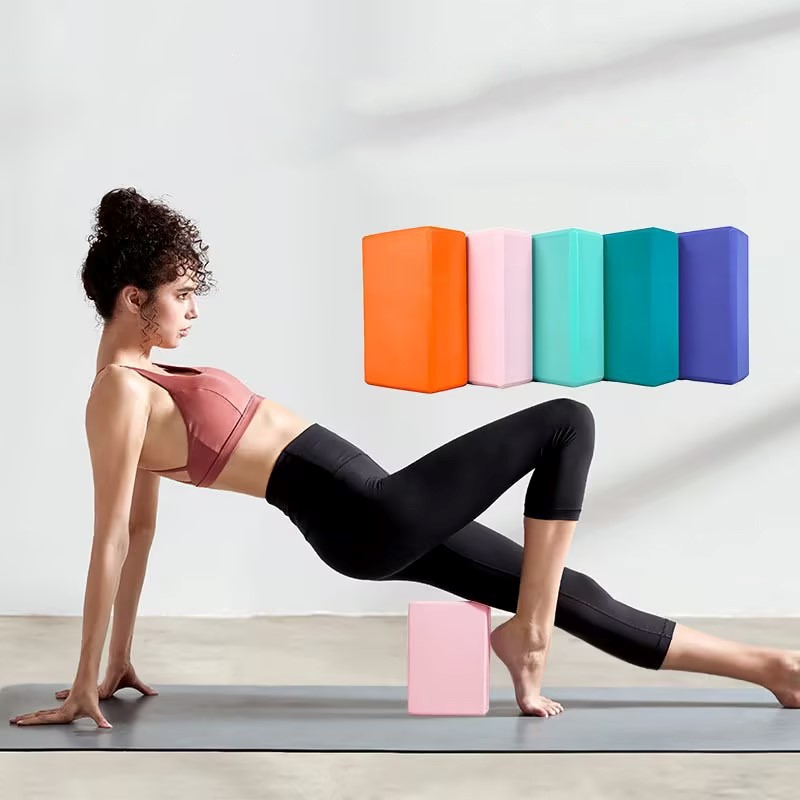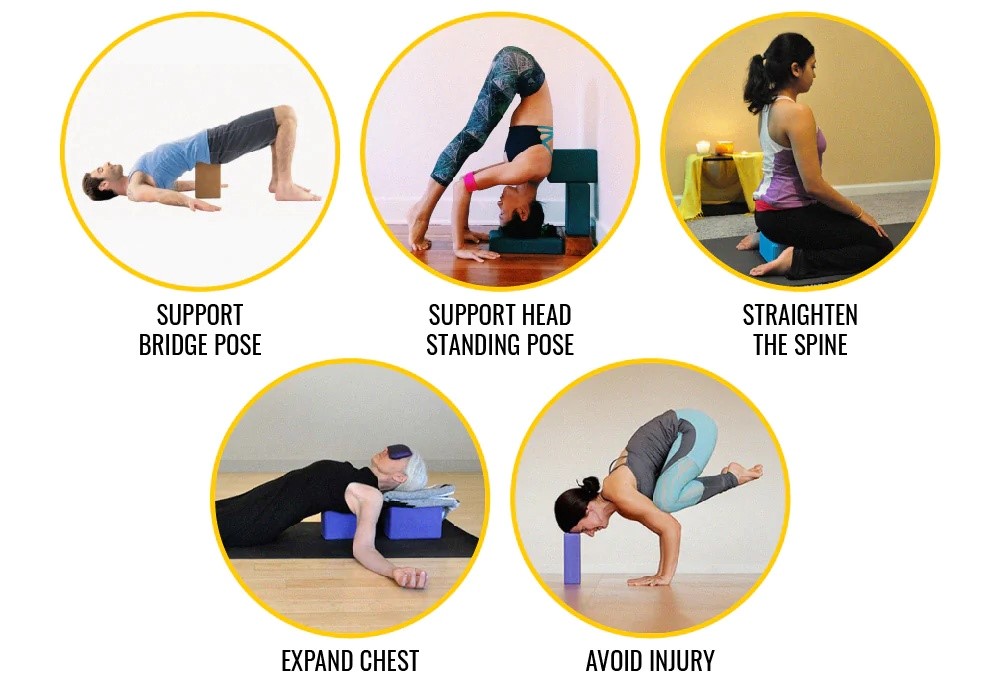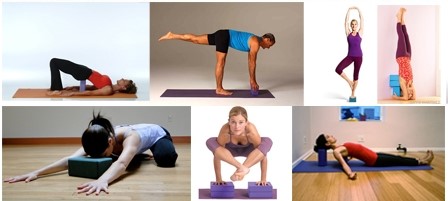Yoga has been a part of human culture for thousands of years, with its roots in ancient India. Over time, the practice has evolved and adapted to modern lifestyles, incorporating various props to enhance the experience and accessibility of the practice. One such prop is the yoga block, a versatile tool that has become an integral part of many yoga practitioners' toolkits. This article delves into the world of yoga blocks, exploring their history, benefits, types, and how to use them effectively in your practice.

History of Yoga Blocks
While the modern yoga block is a relatively recent innovation, the concept of using props in yoga dates back to the early 20th century. B.K.S. Iyengar, a renowned yoga teacher, introduced the use of props to make yoga accessible to everyone, regardless of their physical limitations. Yoga blocks, as we know them today, were developed in the late 20th century, providing practitioners with a stable, supportive tool to deepen their practice.
Benefits of Using Yoga Blocks
1. Accessibility: Yoga blocks make yoga accessible to people of all ages and abilities, including those with physical limitations or injuries.
2. Alignment: They help in maintaining proper alignment in various poses, reducing the risk of injury.
3. Stability: By providing a solid base, yoga blocks can increase stability in poses, allowing for a deeper stretch or more profound relaxation.
4. Depth of Stretch: They allow practitioners to go deeper into their stretches, safely extending their range of motion.
5. Comfort: For those who find certain poses uncomfortable or challenging, yoga blocks can offer a modified way to experience the pose.

Types of Yoga Blocks
1. Foam Blocks: These are the most common type, made from dense foam that provides a firm yet cushioned support.
2. Cork Blocks: Eco-friendly and durable, cork blocks offer a natural, non-slip surface.
3. Wooden Blocks: Traditional and sturdy, wooden blocks are often preferred by those who enjoy the feel of natural materials.
4. Inflatable Blocks: Versatile and portable, inflatable blocks can be adjusted to different firmness levels.
How to Use Yoga Blocks
Yoga blocks can be used in a variety of ways to support and enhance your practice:
1. Support in Inversions: Place a block under your hands or head to support your body in inversions like headstand or handstand.
2. Aid in Balance: Use a block for additional stability in balance poses, such as tree pose or warrior III.
3. Assist in Forward Bends: Place a block under your hands or feet to deepen your forward bend, allowing for a greater stretch in the hamstrings.
4. Ease into Backbends: Use a block to support your spine in backbends, helping to maintain a healthy curve in the lower back.
5. Support in Seated Poses: Place a block between your sit bones and heels in seated forward bends to elevate your hips and reduce strain on the knees.

Conclusion
Yoga blocks are a valuable addition to any yoga practice, offering support, stability, and accessibility. Whether you're a beginner looking to ease into poses or an experienced practitioner seeking to deepen your practice, yoga blocks can be a game-changer. Remember to choose the right type of block for your needs and explore different ways to incorporate them into your practice. With patience and creativity, you'll discover how yoga blocks can enhance your journey towards a more mindful and flexible life.
Post time: Jun-24-2024
